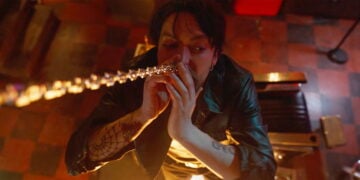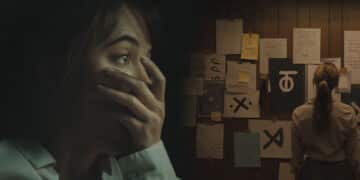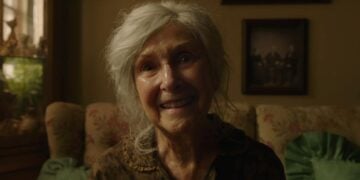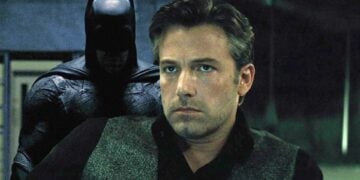If there’s something great about streaming platforms becoming mainstream, that would be the demystification of indie films. It used to be borderline impossible to track down some of the more obscure independent releases – which just so happen to be some of the most genuinely gripping flicks you can watch. The Devil’s Bath is a prime example.
This unrelenting plunge into 18th-century crime drama never saw the inside of a multiplex, but its absence from theaters only amplifies its spectral aura. Just imagine my surprise when I came across this mesmerizing movie on Shudder. The first thing that catches the eye is how “artistic” the movie looks. After a while, flipping through countless bloody posters and gory titles, movies like The Devil’s Bath become even more captivating at face value.
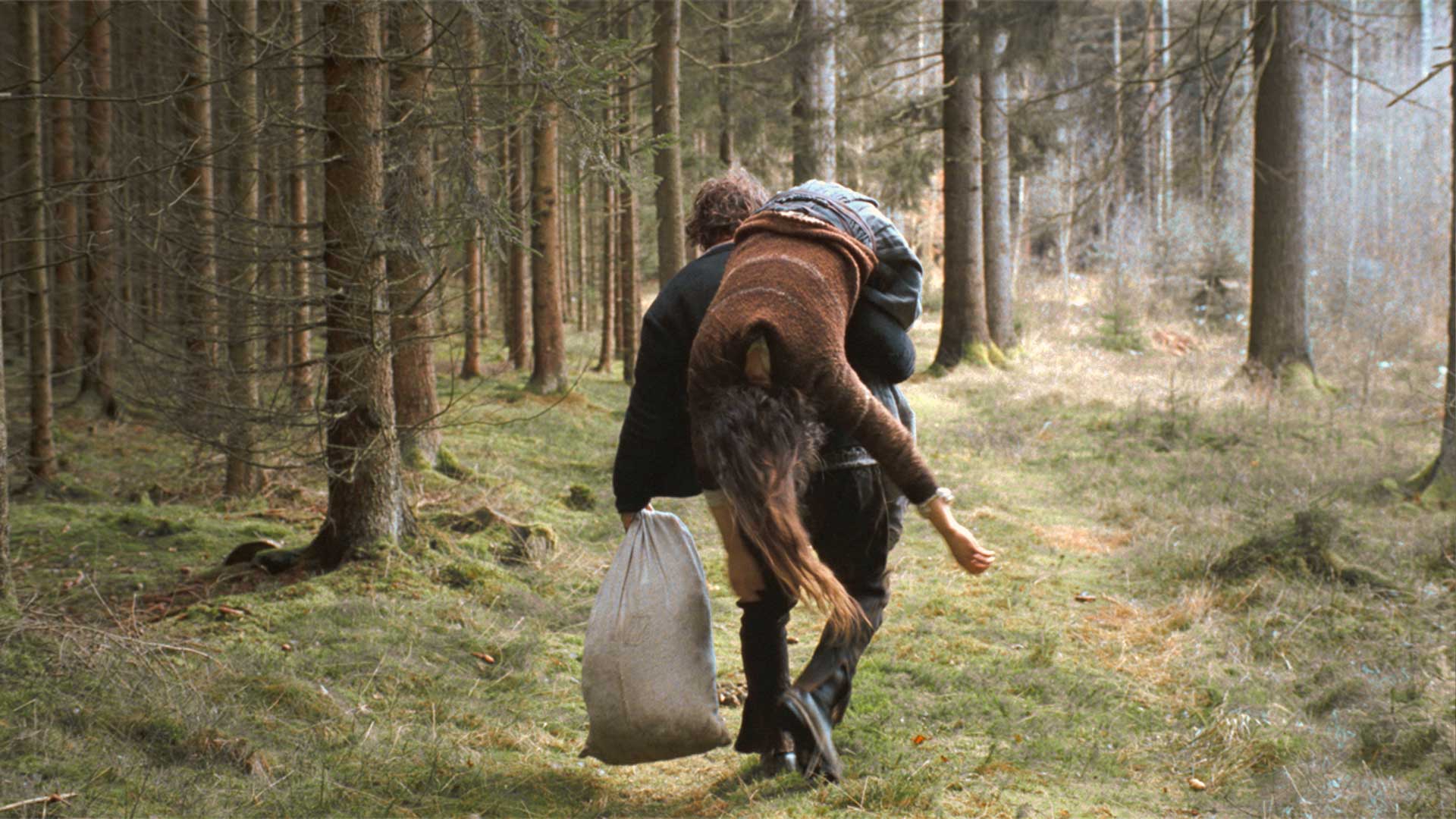
Loosely adapted from Kathy Stuart’s harrowing academic work Suicide by Proxy in Early Modern Germany, and the real-life criminal trials of women like Agnes Catherina Schickin and Eva Lizlfellnerin, the movie transforms historical horror into a visceral, slow-burn nightmare, the kind that any fan of A24’s deliberate and methodical horror flicks would enjoy.
Agnes, our doomed protagonist, isn’t stalked by monsters or ghosts; her tormentors are the suffocating expectations of piety, duty, and a society that treats her existence as collateral. Pair the emotional drama with the incredibly haunting cinematography by Martin Gschlacht, and what you get is a more somber and visceral retelling of Midsommar.
One of the most unnerving things about The Devil’s Bath is its refusal to sanitize history. The film’s directors, Veronika Franz and Severin Fiala, deploy a stark, almost anthropological lens to frame Agnes’s unraveling psyche. Every candlelit prayer, every hollow marital exchange, every sidelong glance from her husband’s family feels like a brick in the coffin of her autonomy.
If Franz and Fiala’s names sound familiar to you, then, congratulations: you’re a verified horror hound. In 2014, they worked on the unsettling Goodnight Mommy; here, they further weaponize their clinical emotional detachment to create a story that feels both surreal and utterly human. This isn’t horror as escapism; it’s horror as a mirror, reflecting the rot of systemic oppression that still lingers today.

And then, there’s the audio. It’s a bit disappointing that movies like these don’t make it to theaters, but seeing the chaos that erupts each time Jack Black says “Chicken Jockey” in theaters, there’s a certain respite in knowing we can still enjoy movies like The Devil’s Bath in a more intimate ambiance. With a pair of good headphones, you’ll notice the true genius of the film’s soundscape, with Franz and Fiala denying viewers cathartic jump scares or grandiose violence, weaponizing the silence instead.
By the time the film’s grotesque climax arrives, you realize the horror was there all along, simmering in the mundane. It’s bloody, sure, but the gore feels real in a way that only a handful of horror films can capture. The story of Agnes’s downfall is a cautionary tale, but one that leaves behind lingering questions and haunting images that are sure to stay with you for a good while – even if you watch the film on your phone’s screen. Sorry, David Lynch, but that’s just how things are sometimes.
RELATED: The Most Twisted Horror Film You Can Watch Tonight (You’ve Been Warned)






